Features of caring for blackberries in autumn

In order for the blackberries to delight the owners of the site with tasty and juicy berries, the bushes need to be properly cared for. Special attention should be paid to autumn procedures. This season involves not only pruning the bush, but also preparing the plant for wintering.

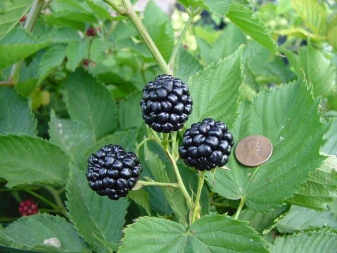
Watering
Before the onset of winter, the blackberry bushes are watered in advance. This should be done in the first weeks of October. Always loosen the soil thoroughly before watering the plants. This must be done very carefully. It is worth remembering that blackberry roots are very fragile. Therefore, they definitely cannot be injured.
The amount of water used for irrigation depends on the age of the plants. So, one young plant will need about 30 liters of water. A two-year-old bush needs twice as much liquid. The bushes are usually watered by hand.
Proper watering will allow the soil to be well saturated with moisture, and will also protect the plant roots from frost.
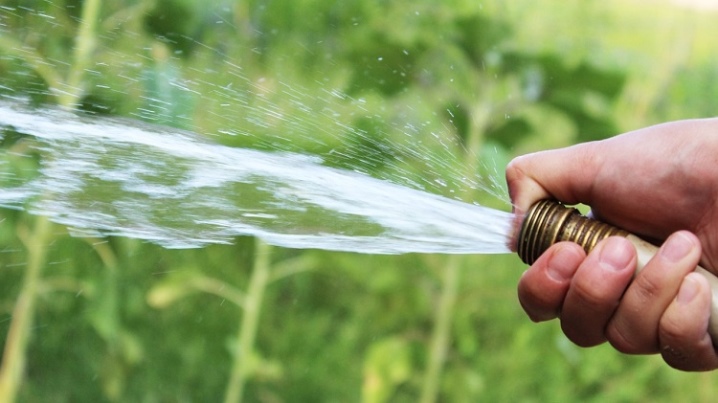
How and what to feed?
Before starting to fertilize, the area must be well cleaned. All plant waste must be collected and burned or removed. Climbing blackberries, like raspberries, are usually fertilized with organic fertilizers. Humus is used for feeding. It is worth harvesting it since the summer. The resulting fertilizer is distributed between the rows of blackberries. The humus layer should be dense enough.
You can also use the following foods in place of humus.
- Compost... It has also been harvested since the summer. Waste sawdust, weeds, grass clippings and foliage are used to make organic compost. In some cases, to speed up the fermentation of the product, gardeners place earthworms in a container with fertilizer.
- Wood ash. This fertilizer is cost effective and very effective. It is applied to the soil dry. In some cases, an ash extractor is used to feed the blackberry. The product is prepared from ten liters of water and one glass of dry raw materials. As soon as it is infused, it can be used immediately to water the shrubs.
After feeding, the soil next to the bushes must be dug up. For a good harvest, plants are also fed with mineral fertilizers. This allows the blackberry to survive the winter more easily, as well as to recover faster after the end of the cold weather. To feed one bush, 100 grams of superphosphate is used, as well as 20-30 grams of potassium fertilizer... They are always brought in together. This increases the effectiveness of the funds used. After applying these fertilizers, the soil must be well watered.
It is not recommended to use nitrogen fertilizers in the autumn. This will lead to the growth of new shoots, which can freeze over the winter. It is better to postpone this type of fertilizer until spring.
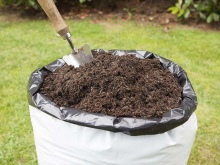
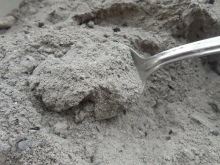

Pruning rules and technology
It is necessary to prune blackberry bushes in September. This is done immediately after they stop bearing fruit, and the shoots begin to dry out. You need to cut the bushes correctly so as not to harm the plant. The following tools will come in handy in the work.
- Secateurs... It is used to trim the main shoots. The tool makes smooth cuts and does not damage the plant. You can also use a garden knife instead. But working with him will be more difficult.
- Lopper... This tool is suitable for processing too thick bush. It can remove both thin and thick branches. The tool differs from the pruner only in its long handles.
- Garden saw... Gardeners use a sharp saw to cut dry branches and too thick shoots.
If the plant is prickly, you should protect your hands and feet by wearing heavy gloves and rubber boots. If deep scratches remain on the skin, they will take a long time to heal. Old and completely dry shoots are cut directly at the ground. You can prune blackberries without fear. After all, shoots that have already borne fruit do not produce berries in the following years. Therefore, they are cut to the root. The shoots that need to be cut off first are brown or brown in color. Damaged or diseased branches are also removed. If there are any insects or traces of a disease on the rods, the bush must be completely destroyed. A diseased plant will still not be able to survive the winter. It is advisable to burn all cut material immediately. If this is not possible, the branches must be removed with the garbage.
A garden blackberry bush, ready for winter, should consist of 7-9 strong and neat shoots. They are also slightly shortened. It is necessary to prune them in order for the plant to bloom more abundantly next year. This treatment also increases the plant's ability to resist frost. If winter is expected to be harsh and frosty, you can leave a little more shoots. But in this case, the plant will have to be cut off in the spring. The green foliage should also be cut from the blackberry bush. This is done so that the plant does not rot. It is necessary to cut the foliage very carefully, slightly stepping back from the trunk. In this case, the shoots will not be damaged.
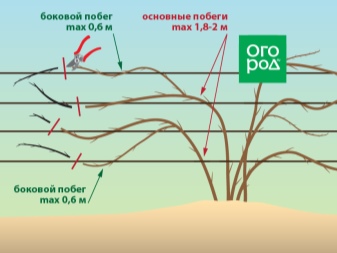
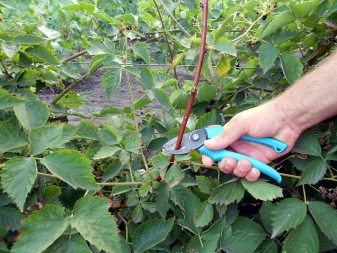
How and with what to process?
Autumn care for blackberries includes treating bushes from pests and various diseases. First of all, the bushes must be protected from the following diseases.
- Root cancer... This problem does not respond to treatment. Noticing signs of the disease, the owners try to immediately uproot the bush, as well as burn it. To protect the roots, the bush is treated with a small amount of Bordeaux liquid before wintering. This product helps to protect the root system of the plant.
- Gray spot... This disease is also incurable. To prevent this disease, the bushes in the second half of October are treated with copper sulfate. This is done after all branches and foliage have been removed from the site.
- White spot. Copper sulfate is also used to prevent this disease. They need to process the bushes not only in autumn, but also in early spring. If this is not done, the blackberries will get sick in the summer. Because of this, the bush will have to be completely destroyed.
If rodents live on the site, blackberry bushes need to be protected from them for the winter. To do this, you need to put a suitable poison under the shelter. Bordeaux liquid will help protect the bushes from insects. You need to spray every bush with it.
When processing the site, you also need to touch the top layer of soil.
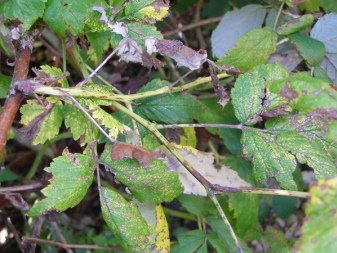
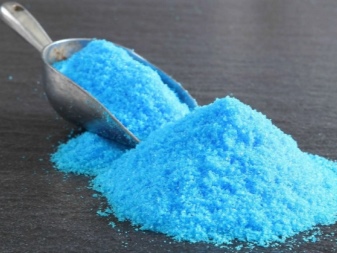
Shelter for the winter
In autumn, it is customary to cover blackberries for the winter. This is done by both residents of the Moscow region and gardeners from the cold regions of the country. After all, blackberries are not afraid of frost, but of sudden changes in temperature.... It is necessary to cover the bushes even before the onset of the first frost. First of all, the shoots cut in advance must be carefully collected in convenient bunches. Curly blackberries can be secured with sturdy rope or twine.
Each of the bundles must be tied and then laid on the ground. This must be done carefully. Otherwise, the shoots may break. If the winters in the region are cold, blackberries should not be laid on the surface of the earth, but on a special bedding made of spruce branches. The same material can be used to cover the plants from above. If the winter is expected to be harsh, the seedlings should be fixed with pegs and then covered with thick plastic or a large piece of burlap. The edges of the selected material must be pressed down with bricks or unnecessary pieces of plywood. In this case, it will definitely not be blown off by the wind.
This procedure should not be carried out too early. This can cause shoots and branches to overheat and fruit buds to rot.Bushes growing in the southern regions need not be covered. Some gardeners prefer to cover the blackberries with a layer of light agrotechnical cloth. The material chosen should be light and breathable. In this case, the bushes will normally survive the cold period. Novice gardeners should avoid the following mistakes when covering blackberry bushes.
- Use of sawdust... This material quickly absorbs moisture. Because of this, the roots of the plant begin to rot.
- Straw application... Many summer residents use straw or hay instead of spruce branches. But you shouldn't do that. After all, a straw shelter is an ideal breeding ground for rodents.
- Untimely removal of shelter... Many gardeners open blackberries too late. If the shelter is removed at the wrong time, the plant will develop more slowly than usual. It is necessary to get rid of the covering material immediately after the snow cover has melted and the temperature rises. This usually happens at the end of March.
None of these points should be ignored. This may affect the future harvest or the condition of the bushes in general.

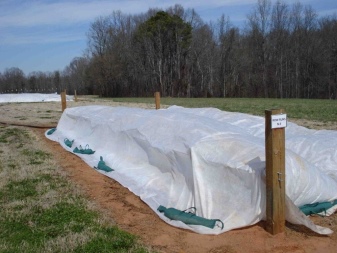
Transplanting bushes
Some gardeners transplant blackberries in the fall. This can be done only if the autumn is warm and long. Then the shrub will have time to take root before frost. You can transplant the bush immediately after the end of fruiting. The autumn blackberry transplant is practically no different from the spring one. The bushes are planted in deep holes. The root must fit completely.
During transplantation, the bush is fed a bucket of quality humus or compost. From above, the plant is covered with earth. After that, it is watered abundantly. The trunk circle is covered with a layer of mulch. In the autumn, it is not the whole bush that should be planted on a new site, but young shoots. In the spring, the plant will need to be additionally fed with potassium. If properly cared for in autumn, the bush adapts very quickly to warm weather in spring.
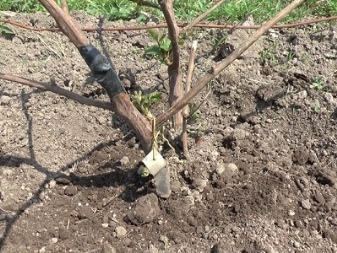














The comment was sent successfully.